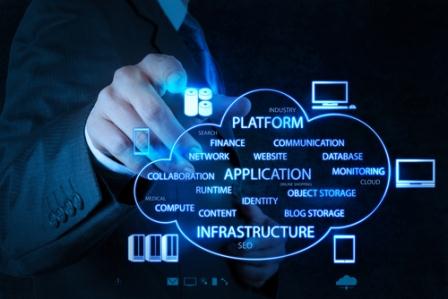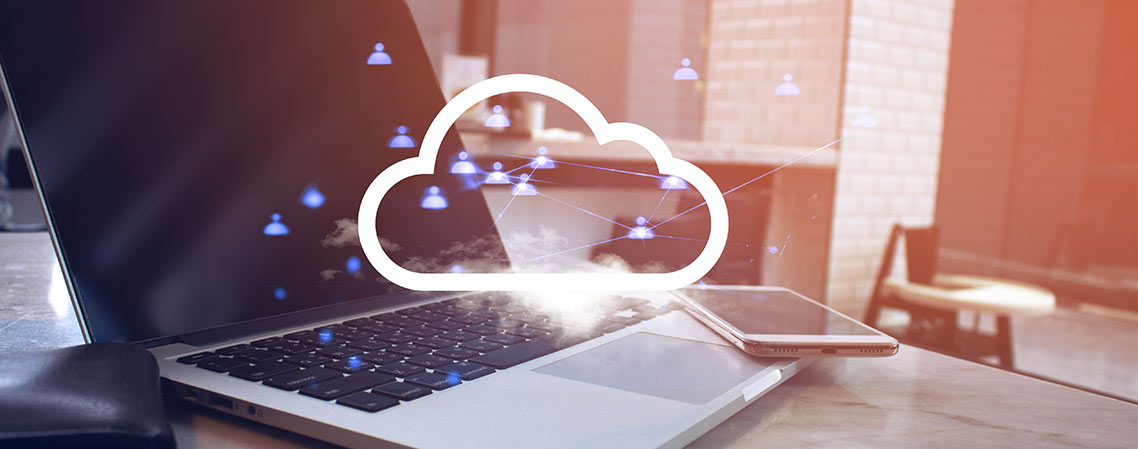
Understanding the Citrix Product Lifecycle Matrix
Get To Know the Citrix Product Lifecycle Matrix!
Citrix is a provider of virtualization solutions for businesses. Citrix has partnered with technology giants such as Microsoft and Cisco to create virtual network solutions. Get to understand the Citrix Product lifecycle Matrix, as well as some dates for EOLs (end of life) and EOMs (end of maintenance). Read on to find out more details, and why Parallels RAS is a great Citrix alternative for your business.
Citrix Product Lifecycle Matrix
Every Citrix product comes with a lifecycle. When purchasing a product, customers need to be aware of the product lifecycle matrix to understand support options so they can plan their migration strategies. Citrix has three lifecycle phases for each product: mainstream maintenance period, extended maintenance phase, and end-of-life (EOL) phase.
Mainstream Maintenance – General Availability (GA) to End of Maintenance (EOM)
Upon General Availability, products are fully supported and maintained until the End of the Maintenance date. Citrix will provide code-level maintenance in the form of product updates or upgrades. To receive continued maintenance, Citrix customers may be required to update or upgrade to a newer version of the product.
Extended Maintenance – End of Maintenance (EOM) to End of Life (EOL)
After a product release reaches its End of Maintenance date, no further code-level maintenance will be provided; however, the product will continue to be supported until it reaches its End of Life.
End of Life
Once a product release reaches its End of Life date, the customer may continue to use the product within the terms of the product licensing agreement but the available support options will be limited. While there may be historical information in the Knowledge Center or other online resources, it is no longer updated and is provided on an as-is basis. The customer will be using the product within the terms of the product license as-is.
In addition, you need to consider the EOL dates of Microsoft Windows products. Keeping track of multiple Citrix product versions and name changes, as well as the EOL dates of Citrix and Windows, is a cumbersome task.
The Case with Citrix DaaS (Formerly Citrix Virtual Apps and Desktop)
 Citrix DaaS (formerly Citrix Virtual Apps and Desktop) has been the flagship product among the 200 virtualization options offered by Citrix. It enables businesses to host applications and publish them to remote devices. Citrix DaaS (formerly Citrix Virtual Apps and Desktop) has already gone through several versions and name-changing releases.
Citrix DaaS (formerly Citrix Virtual Apps and Desktop) has been the flagship product among the 200 virtualization options offered by Citrix. It enables businesses to host applications and publish them to remote devices. Citrix DaaS (formerly Citrix Virtual Apps and Desktop) has already gone through several versions and name-changing releases.
The support for Windows Server versions is a key consideration when planning migration strategies. According to the Citrix website, the end of maintenance of Citrix Virtual Apps (formerly Citrix XenApp) for Windows 2008 R2 occurred on February 24, 2016, and the EOL is slated for August 24, 2016. Citrix Virtual Apps and Desktops will be maintained until mid 2023, and reach its end of life a year after.
|
Product |
End of Maintenance (EOM) |
End of Life (EOL) |
End of Extended Support (EOES) |
|
XenApp 5.0 for Windows Server 2008 |
13th July 2014 |
13th Jan 2015 |
14th Jan 2020 |
|
XenApp 6.0 for Windows Server 2008R2 |
24th Feb 2016 |
24th Aug 2016 |
25th Jan 2020 |
|
XenApp 6.5 for Windows Server 2008R2 |
24-Feb-2016 |
24-Aug-2016 |
14-Jan-2020 |
|
XenApp 7.0 for Windows Server 2008R2 |
N/A |
30-Jun-18 |
14-Jan-20 |
|
Citrix Virtual Apps and Desktop v. 2212 |
19-Jun-2023 |
19-Jun-2024 |
N/A |
Customers will not receive any support or patches after the EOM and EOL periods. As Citrix’s flagship product, Citrix Virtual Apps (formerly Citrix XenApp) enjoys a larger customer base than other Citrix products, and the majority of users still work on Windows Server 2008 R2. This customer base has no other option than to upgrade to the higher version. Alternatively, customers can still continue with the unsupported 2008 R2 environment. However, Citrix Virtual Apps (formerly Citrix XenApp) is a customer-facing product wherein services are delivered outside the network to a range of devices including home, mobile, and other computing devices. Without proper maintenance, your virtual environment cannot remain robust and reliable. Moreover, managing multiple environments with Citrix is expensive.
With Parallels RAS, Migrate at Your Own Pace from the Citrix Product Lifecycle
Parallels® Remote Application Server (RAS) is a great alternative to Citrix DaaS. It is a comprehensive package that enables businesses to securely publish virtual desktops and applications to remote users. Parallels RAS allows you to work with different versions of the Windows Server OS while maintaining application compatibility. In addition, Parallels RAS supports legacy infrastructure by converting legacy devices into powerful thin clients, and because it supports Windows XP, 7, 8, 8.1, 10 and 11, you can use the existing infrastructure to securely publish remote desktops and applications. Parallels Remote Application Server not only allows you to migrate at your own pace but also lets you use the existing infrastructure to optimize resources and save costs. What’s more, Parallels Remote Application Server is easy to deploy and use and comes with an inexpensive price tag.
Parallels RAS makes the migration process easier with a free migration tool that automates most Citrix DaaS use case scenarios. The migration tool extracts settings from Citrix DaaS into a file that can be imported from Parallels RAS Console.

